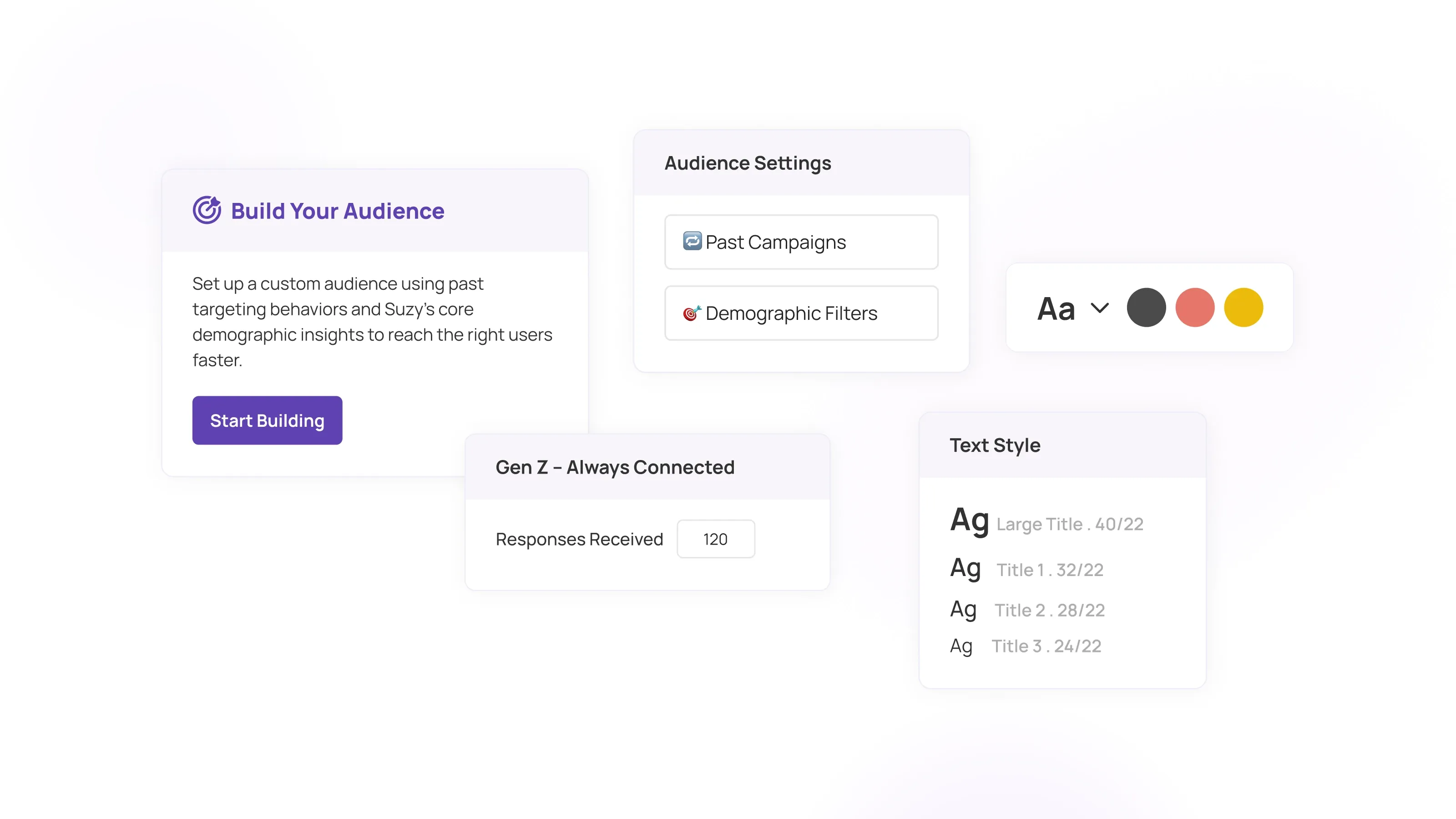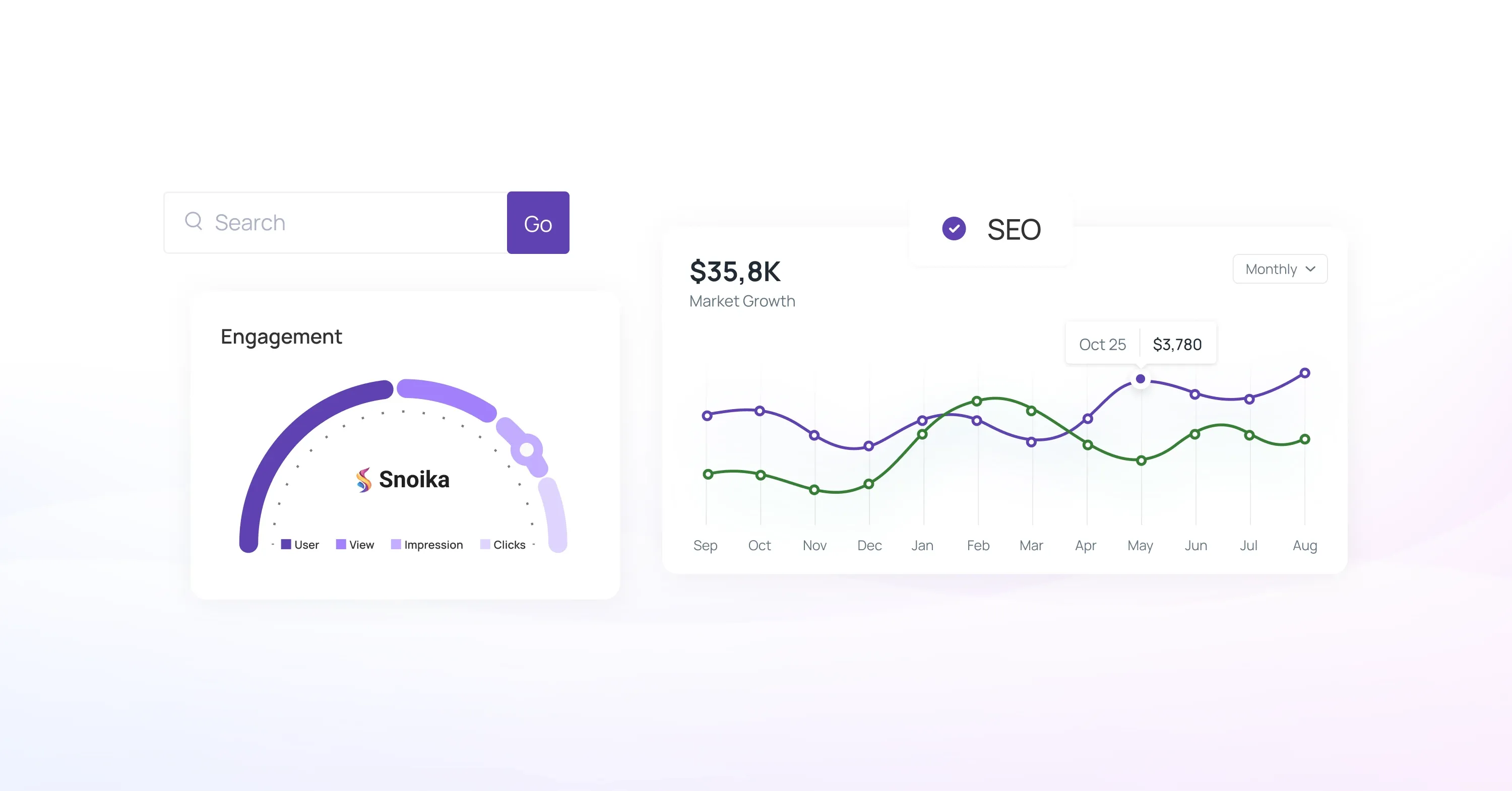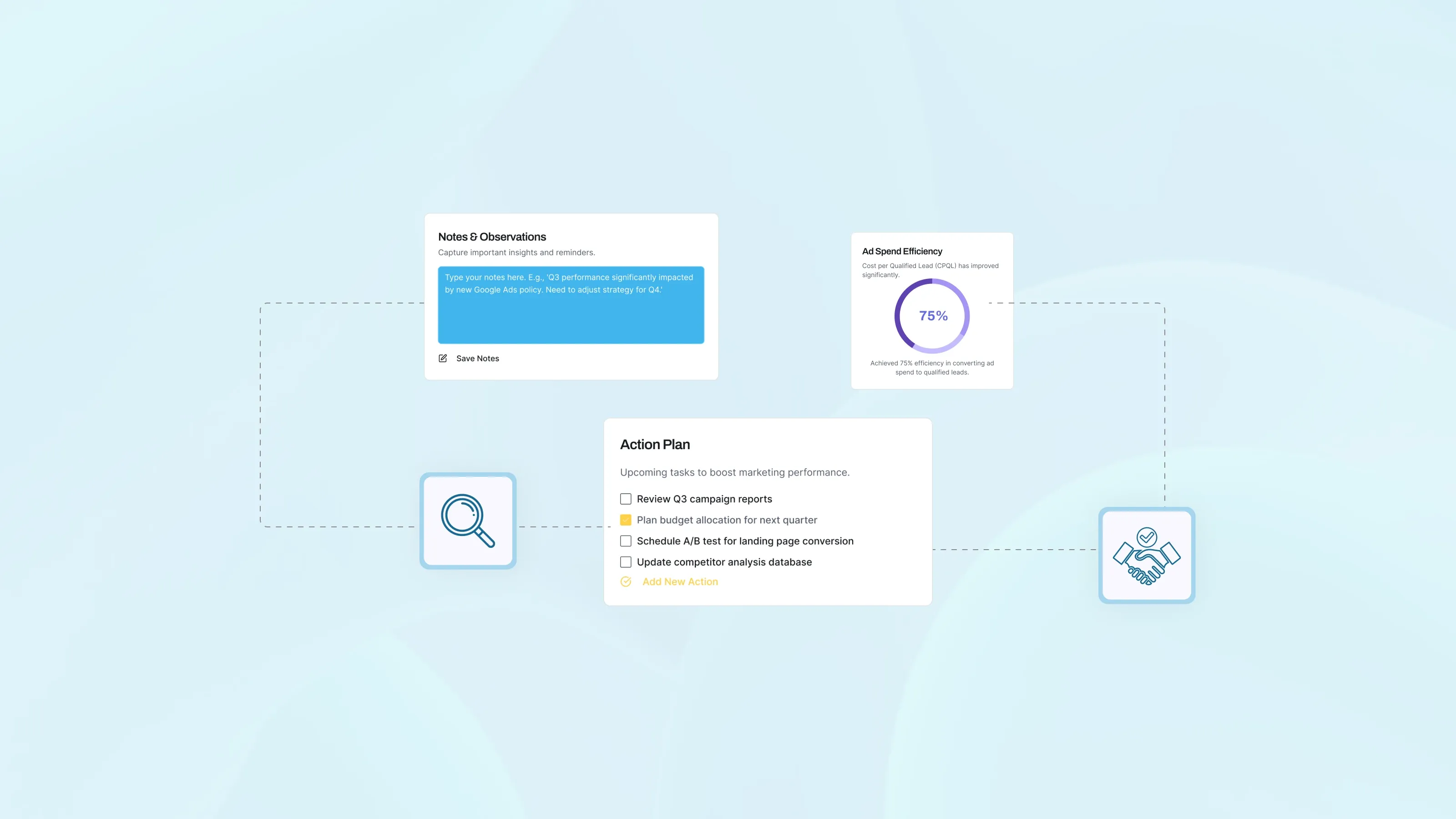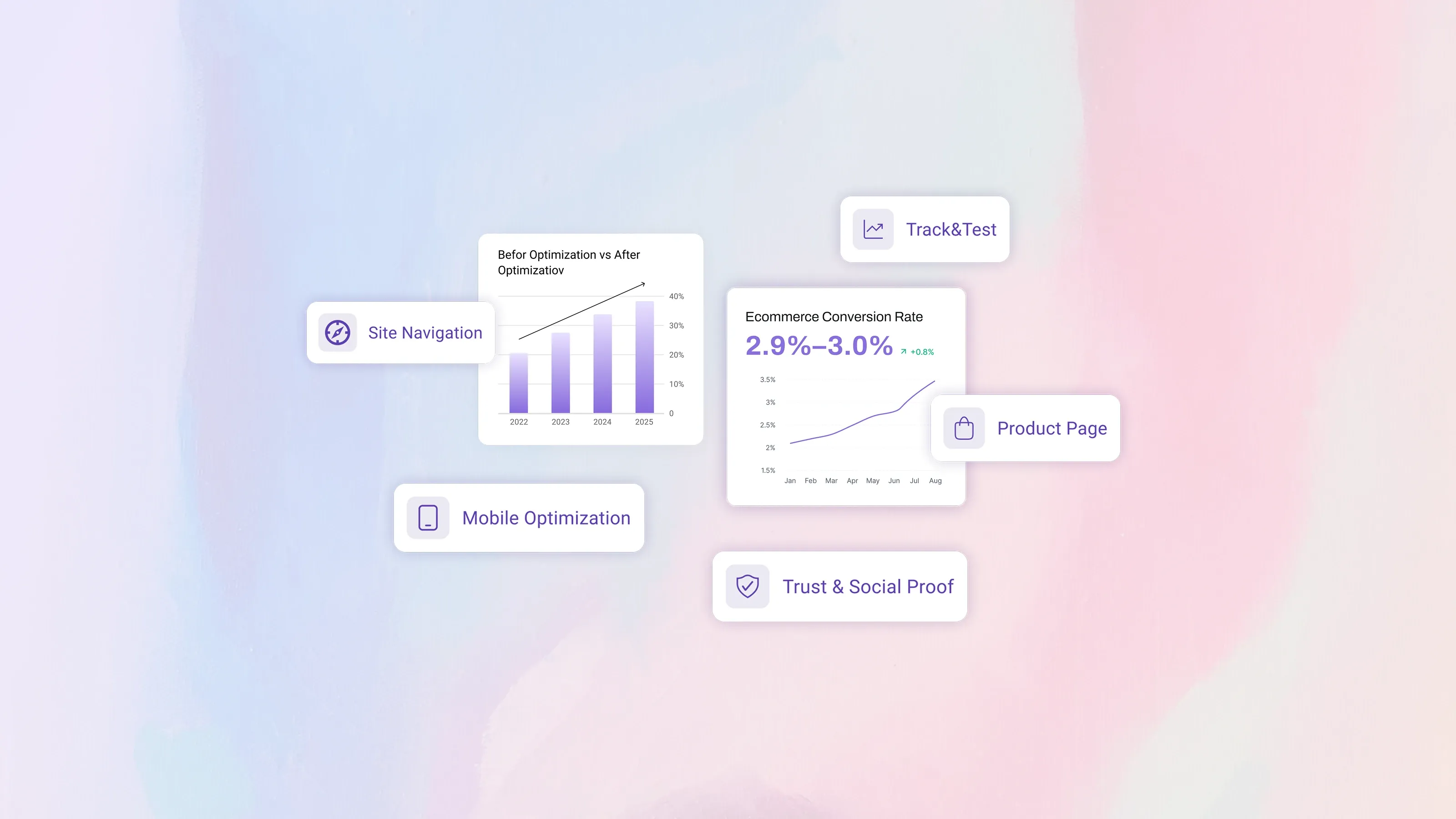Overview
This ultimate guide breaks down the essentials of brand building for startups and growth teams. You’ll learn why branding is more than visuals, the core pillars of a strong identity, and how to create a scalable system that drives visibility, trust, and long-term growth. We’ll cover a step-by-step framework, common mistakes to avoid, real-world examples, and the connection between branding and SEO. By the end, you’ll know exactly how to position your startup for consistent growth - and how Snoika helps you turn branding into measurable results.
What is Brand Building and Why It Matters
Brand building creates a consistent identity through design, messaging, and positioning. It builds trust, shapes perception, and drives growth. McKinsey reports that purpose-led brands grow revenue 2x faster, while Lucidpress shows consistent branding can lift sales by 23%. In today’s AI-driven market, strong positioning is what makes your message stand out.
Want to improve how your brand appears in search? Here’s how Snoika helps early-stage teams align messaging with visibility.
Key Elements of a Strong, Recognizable Brand
A great brand identity combines strategy with emotion. Founders often over-index on logos and colors - but true impact comes from alignment across every touchpoint.
Key components include:
-
Brand positioning: What’s your unique value and who is it for?
-
Purpose & values: Why do you exist beyond just making money?
-
Messaging system: Taglines, product descriptions, and content voice.
-
Visual identity: Logo, typography, UI, social media aesthetics.
-
Brand tone: Are you authoritative? Bold? Playful?
Explore how Snoika supports brand-consistent content at scale across blog posts, landing pages, and product updates.
Step-by-Step Guide to Building a Brand Identity

-
Define your audience : use reviews, interviews, and tool like Typeform to gather language and values directly from your target buyers.
-
Clarify your brand positioning: create a one-liner that captures your unique space. Example: "We help early-stage B2B SaaS teams turn content chaos into sustainable growth."
-
Build a cohesive identity system - design both visual and verbal components - and document them in a scalable style guide using tools like Canva, Looka, or Figma.
-
Audit and evolve regularly: your brand must grow with your product. Use Snoika’s AI audit tools to stay consistent across scale.
Real-World Examples of Brand Building in Action
Notion: Minimal design, community-first content, and clear positioning as the go-to workspace.
→ Read the case.
Liquid Death: Selling water like merch - humor and rebellion built a cult following.
→ See the campaign.
Figma: Brand built around collaboration, openness, and accessibility - amplified by events and creators.
→ Growth breakdown.
Benefits / Why It Matters
Investing in your brand gives your startup real leverage:
-
Builds early trust with leads and investors.
-
Supports premium pricing and market authority.
-
Improves SEO through clearer messaging and user engagement.
-
Lowers CAC through organic and referral growth.
-
Helps hiring, culture, and internal alignment.
-
Makes scaling content easier across markets.
See how Snoika combines branding, SEO, and AI content insights - view the solution.
Common Mistakes to Avoid When Building a Brand
Even great startups can stumble when shaping their identity.
Here are pitfalls to watch out for:
-
Focusing only on visuals: A logo isn’t a brand. Without strong positioning and messaging, design alone won’t drive growth.
-
Inconsistent communication: Mixed tones across blog posts, landing pages, and social channels confuse users.
-
Ignoring SEO: If your brand voice isn’t aligned with how people search, visibility suffers.
-
Skipping documentation: Without a style guide, scaling content leads to chaos.
-
Failing to adapt: Markets change fast - strong brands evolve, weak ones stagnate.
Want to see how Snoika helps teams avoid these mistakes? → Explore the solution.
How to Get Started
You don’t need to wait until Series A - the earlier you start, the stronger your positioning becomes.
-
Run a content + SEO audit: check how your brand appears today. Snoika’s on-page analyzer makes it easy to spot gaps in tone, visuals, and messaging.
-
Define positioning & tone: craft a clear one-liner that explains who you serve and what makes you different. Align your tone of voice to match.
-
Build an identity system: document visuals, taglines, and messaging in a simple style guide so every touchpoint feels consistent.
-
Align and update content: refresh homepage copy, product pages, and blog posts with your new brand system. Use AI feedback tools to track consistency.
-
Evolve regularly: brands grow with products. Snoika’s smart audit engine helps you stay consistent while adapting over time.
Ready to begin? Snoika shows how your brand appears in search and gives actionable steps to improve.
Conclusion
Brand building isn’t fluff - it’s structure, strategy, and a compounding asset. Your brand identity shapes trust. Your brand positioning determines relevance. And the combination builds long-term growth. Start early. Stay consistent. And make sure your brand shows up the way it deserves to - across every touchpoint and every search result.
Next read: How SEO-Driven Branding Helps You Scale Efficiently







